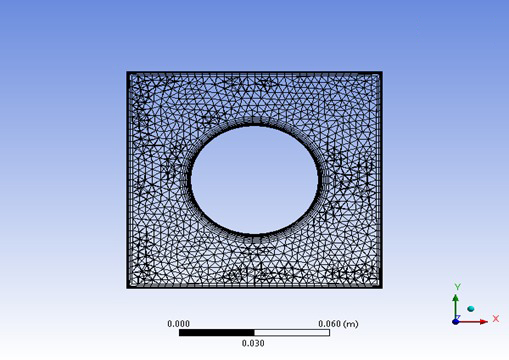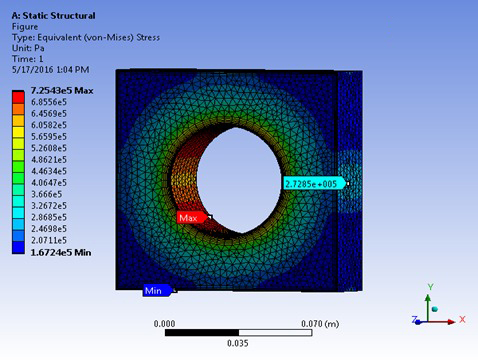Structural Design and analysis
Structural Design and analysis
Solid mechanic and structural analysis are essential part of any design process. The behavior of material under stress and strain, thermal expansion and fracture are all important design considerations.
From biological parts such as bones, systems like medical devices and measurement instruments, to small components such as screws and gears, structure static and dynamic need to be analyzed to ensure safety, performance and feasibility of the design. In addition, it is essential to perform the structural analysis to be able to choose appropriate materials for the product.
We embrace the benefits of simulation-driven design to maintain a competitive edge and decrease the costs and time associated with conventional product development cycles. We create digital prototypes of a part or a system using FEM-based software to simulate and observe the behaviors under real world operating conditions. This method is an indispensable tool in refining the design, optimizing the material costs and increasing the product quality and efficiency. Our team of experts can push the boundaries of material properties by using multi-functional metamaterials to achieve performances demanded in extreme conditions.
We office structural design and analysis for:
- Stress analysis (static and dynamic)
- Viscoelastic systems
- Structure/thermal analysis (Thermal expansion)
- Fluid/Solid Interactions (FSI)
- Fatigue
In addition, we specifically offer services for Biomechanics applications. By applying engineering computational tools to analyze biological systems, we implement numerical models and simulations e.g Advanced FEA to predict the relationship between phenomena that are otherwise challenging to test experimentally, or used to design more relevant experiments reducing the time, costs of experiments and ethical restrictions.
By integrating machine learning algorithms with our simulations, we offer extensive insight on the mechanistic behavior of biological tissues and joints. This approach overcomes challenges due to the complex behavior of the biological systems and provides a predictive tool for such problems under difficult testing conditions which expand the practicality of the solutions and future outcomes.


